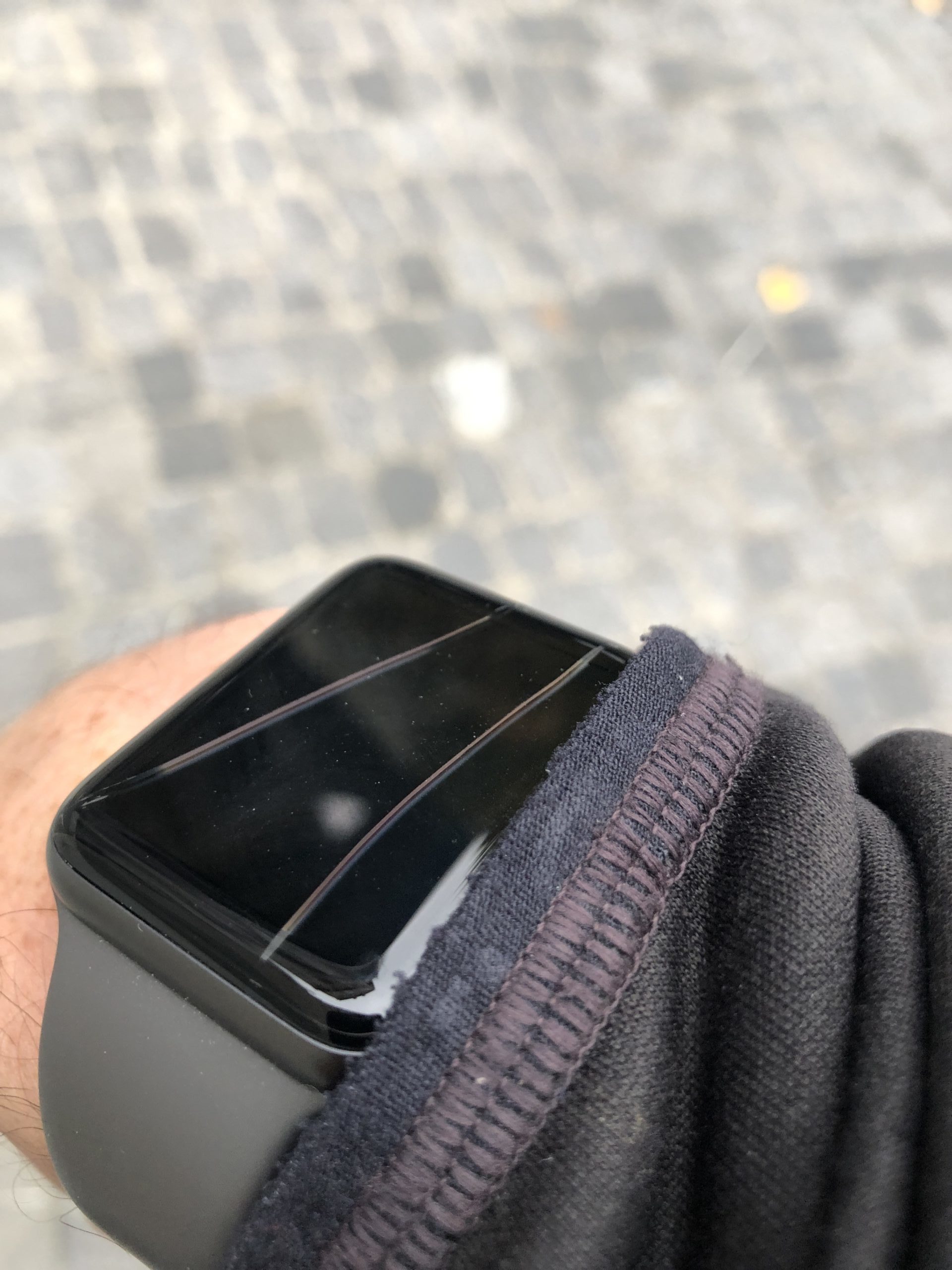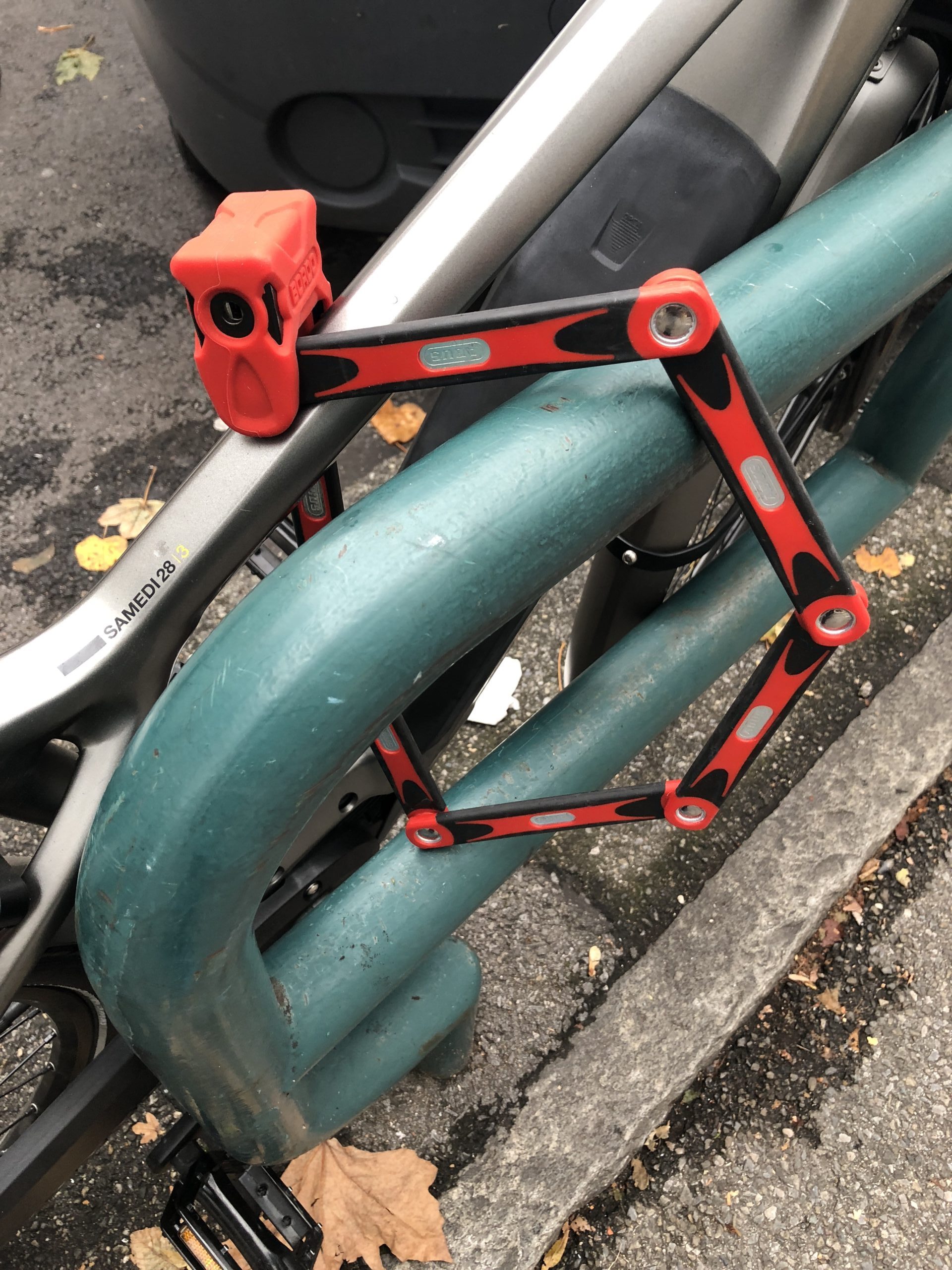Month: October 2018
-

Planned Obscolesence as Fragility
Reading Time: 4 minutesI want to discuss Planned obsolescence as fragility. In the days of Nokia you could buy a phone and give it to a teenage boy and expect it to survive without breaking. I know because I was a teenage boy with a Nokia phone. So were plenty of my peers. It was…
-

Thinking about Bike locks
Reading Time: 4 minutesRecently I have been thinking about bike locks. I have been looking at the variety of options that there are and for a while I was worried about bike theft. It is for that reason that I never left my bikes unattended for more than half a minute to a minute during…
-

Indoor Climbing and the Apple Watch
Reading Time: 2 minutesIndoor Climbing and the Apple Watch are a bad mix. They are a bad mix because the Apple watch has an unprotected glass screen. The screen is so exposed that last Thursday I shattered the screen without realising until I got home and tried to use it but the capacitive screen did…
-
CuriosityStream – a place to find interesting documentaries
Reading Time: 2 minutesYesterday I started exploring CuriosityStream, a video streaming website that makes finding and watching documentaries easy. You can have a trial run of seven days but after watching three documentaries since yesterday evening I am convinced that it is a place where I want to watch more content. I like documentaries that…
-
Riding Zwift(ly) Through New York
Reading Time: 2 minutesWhen I heard that Zwift would allow us to ride our bikes through a virtual New York I joked that I would use my singlespeed and I hoped that I could ride through the streets. Unfortunately you get to ride through the New York countryside, otherwise known as Central Park. Imagine riding…
-
Coming to the limitations of a simple home trainer
Reading Time: < 1 minuteThe challenge is being gradual enough to react to the lag in power reading. A few training sessions ago I tried pedalling hard, overshooting the watts required but found that it was hard to catch the momentum just right. I then tried the opposite. I tried pedalling faster, to get to…
-

Easy track creation with Komoot
Reading Time: 3 minutesKomoot is an app based on socialising through sports. The sports are cycling, mountain biking, bike touring, hiking and running. It integrates well with Garmin and allows you to track activities from your mobile phone or import GPX, Fit and other files from other brands. It also allows you to create your…
-
Cycling stings
Reading Time: < 1 minuteYesterday I was stung by a wasp while cycling and when I tried to remove the stinger I couldn’t. I was in pain and almost stopped cycling. I was in distress as a bus passed on a main road. I was on an agricultural path by some apple orchards. I stopped…
-
Second thoughts on E-bikes
Reading Time: 2 minutesYesterday I rode an e-bike over 5km and played with the eco, touring, sport and turbo modes. I experimented with the gears and I experimented with a variety of gradients and surfaces. Through this trial I got to understand how e-bikes work. Gaining momentum E-bikes are great for helping you get up…